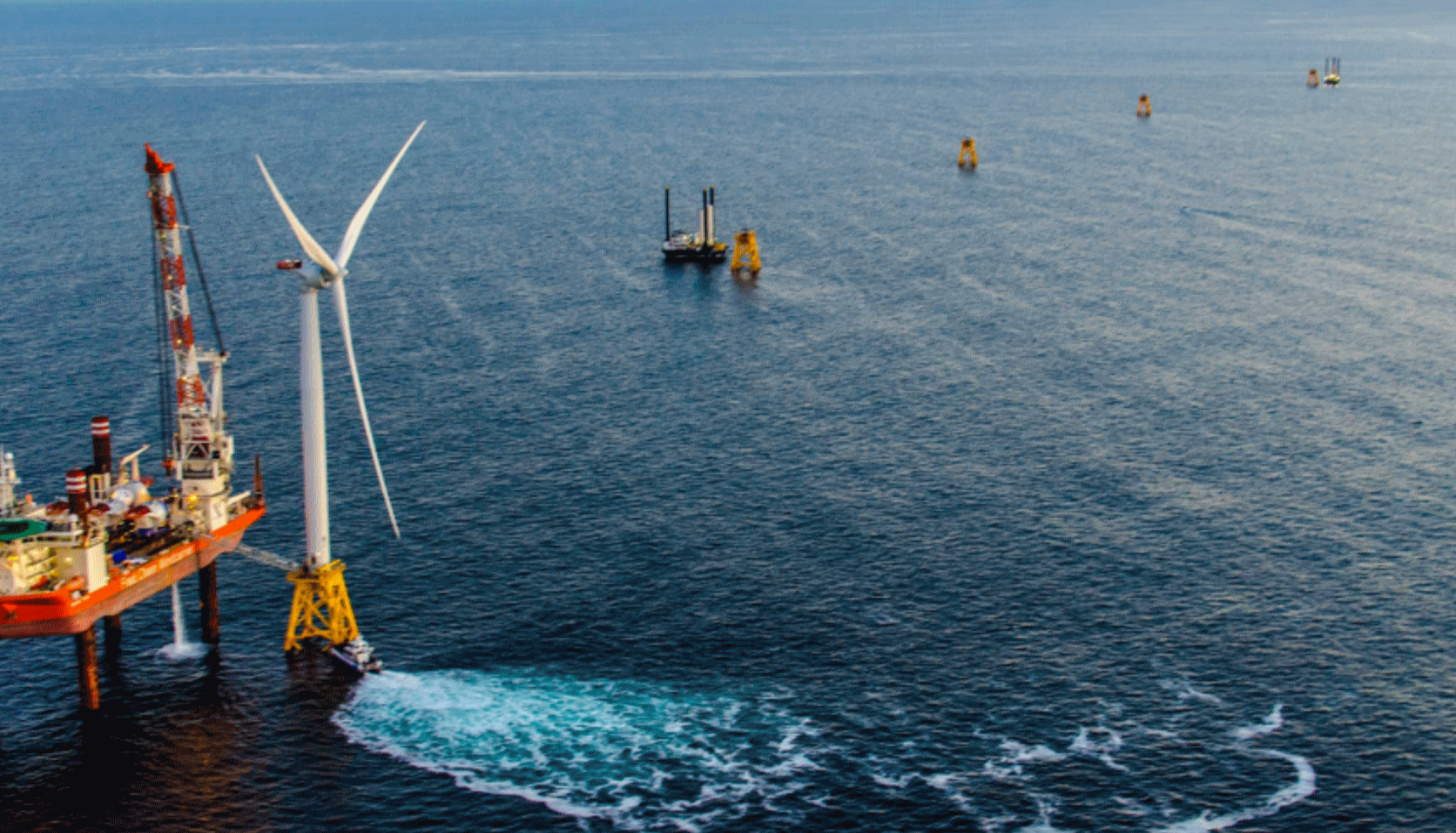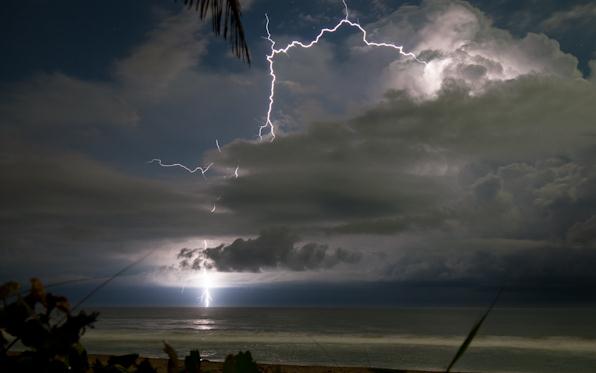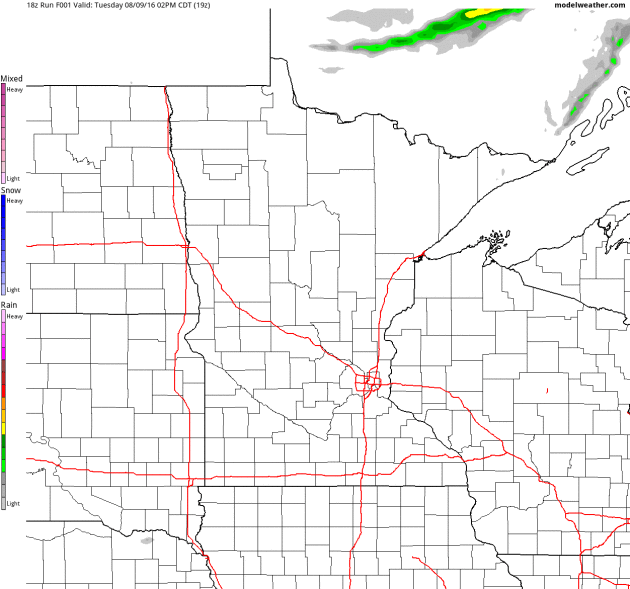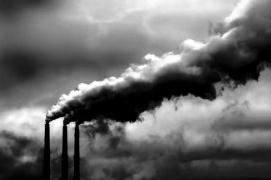90 F. high in St. Cloud Tuesday.
81 F. average high on August 9.
79 F. high temperature on August 9, 2015.
August 10, 2004:
Cool Canadian air is ushered in on strong northwest winds.
International Falls has its record coldest high temperature for this
date with 49 degrees. The Twin Cities only saw a high of 59.
August 10, 1939: Very heavy rain falls at Two Harbors, accumulating to 5.2 inches of rain.
Free Sauna Next 48 Hours - Significant Flash Flood PotentialMeteorologists
face two daunting challenges: predicting the weather and communicating
those changes to the public. The forecast is rarely black or white -
usually some nebulous shade of gray. The words we choose for the 7-Day
Outlook help to communicate the extent and persistence of precipitation.
"Rain" implies everyone gets wet, with puddles most of the day, while a
"shower" suggests a 30-60 minute window of wetness.
"Partly
sunny" means the same thing as "mostly cloudy"; a day with more clouds
than sun. Meteorologists provide the big picture; smartphone apps
pinpoint weather for your GPS location. The best forecasts are still man
and machine working together.
A surge of steamy air ignites waves of T-storms today into
Thursday
night. 2-4 inches of rain falling on saturated soil up north may spark
more flash flooding for central Minnesota and the Brainerd Lakes.
Humidity drops
off on Friday
with northwest winds blowing behind a cooler front. The weekend looks
comfortable with 70s and a few pop-up showers each afternoon.
In the meantime, welcome to the jungles of Minnesota: steamy with tropical downpours.
Slight Severe Thunderstorm Risk Today.
NOAA SPC has much of Minnesota in a slight risk of severe storms; a
warm frontal boundary draped over central Minnesota sparking a few waves
of strong to severe storms. Stay alert for watches and warnings later
today.
More June Than August.
Watering will be optional into the weekend with 1-2" rainfall amounts
probably commonplace across the metro between now and Thursday night; a
few models hinting at more. Model data: NOAA and AerisWeather.
Flash Flood Potential.
NOAA WPC has much of central Minnesota in a moderate risk of flash
flooding today. The concern is training storms - repeated redevelopment
along a warm frontal boundary, resulting in excessive rainfall amounts;
especially Alexandria to Wadena, Brainerd, Little Falls and the St.
Cloud area.
Swarms of Storms.
One wave of heavy weather may come out of the Dakotas this morning,
another squall line focused on central Minnesota this afternoon and
evening; the most intense storms may remain just north and west of the
Twin Cities, but it's going to be a close call. 4km NAM Future Radar:
NOAA and AerisWeather.
Heat Index Near 100F.
Temperatures near 90F with a dew point in the low to mid 70s will
result in unpleasant heat indices later today, pushing 100F across much
of the metro. Thursday may be just as uncomfortable, with relief delayed
until Friday and Saturday.
Another Canadian Break This Weekend.
European guidance shows a cool-down by Saturday as fresh air drains
south of the border, lowering dew points into the 50s this weekend. We
warm up again next week - temperatures continuing to trend well above
average looking out the next 2 weeks. Source: WeatherBell.
2016 Third Warmest for U.S. Through July.
Climate Central reports: "
In the midst of the dog days of summer,
the U.S. is still having its third-hottest year on record through July.
The month also saw two states — New Mexico and Florida — clinch their
hottest July, while Alaska continued to stay on track for its warmest
year in the books. For the contiguous U.S., the year-to-date temperature
was 54.3°F (12.4°C), or 3.0°F (1.7°C) above the 20th century average,
according to data released Monday by the National Oceanic and Atmospheric Administration. Every state was warmer than average for the same period..."
Map credit: "
How temperatuers across the contiguous U.S. have compared to the 20th century average through July." Credit: NOAA
Warmer Than Average July, Year To Date Third Warmest For Lower 48 States. Details via
NOAA: "
July’s
reputation for sizzle didn’t disappoint, bringing record warm
temperatures to Florida and New Mexico and much above-average
temperatures across the South, the East Coast and Alaska. The average
July temperature for the contiguous U.S. was 75.3 degrees F, making it
the 14th warmest July on record, according to scientists from NOAA’s
National Centers for Environmental Information. July precipitation
averaged 2.87 inches (0.40 inch above average). From January through
July, the average temperature for the Lower 48 states ranked as the
third warmest on record at 54.3 degrees F, 3.0 degrees above average.
Thirty-eight states were much warmer than average..."
No, Really. Pokeman Go is the Future of Weather Forecasts. Is augmented reality a fad - or trend? Here's an excerpt from
Capital Weather Gang: "...
Weather
and augmented reality. Hmm. Could the same technology that brought
these strangers together on a tragic night also prevent people from
being in the wrong place at the wrong time? Could Pokémon Go be the
future of weather forecasts? Imagine for a moment that, instead of
finding Roselia or Eevee as you roam your neighborhood, you “see“ the
weather of the future. What if, rather than using mobile phones to seek
Pokémon in Ellicott City several nights ago, the scene showed what Main
Street would look like in 30 minutes — would people still choose to be
there?..."
Image credit: "
A
group of diners watched helplessly from a restaurant window as cars
were swept away by flood waters in the historic downtown of Ellicott
City, Md., on July 30. One of the customers in the group said they "just
came to play Pokemon and have dinner." (YouTube/Branden Cromwell).
We're Trashing the Oceans, And They're Returing the Favor By Making Us Sick. Here's an excerpt from
The Washington Post: "...
In a new study published Monday in the Proceedings of the National Academy of Sciences, a team of researchers find that Vibrio bacteria,
tiny marine organisms capable of causing deadly infections in both
human and also fish, are becoming more prevalent in North Atlantic
coastal regions as ocean waters warm. (We’re causing that overall trend
of warming, of course, by driving climate change, though there are also
natural oscillations at work here.) Indeed, human infections caused by
these critters are also on the rise. The research finds these are
growing at an “unprecedented rate” along the U.S. Atlantic coast and
also the coasts of Northern Europe..."
Photo credit: "
Florida's
waters are choking from algae, and the source of the growth is believed
to be from polluted Lake Okeechobee. Residents say it smells like "a
hundred dead animals" and some have complained of health problems." (Reuters)
An Eye-Opening Flight Over California's Dying Forests. Here's an excerpt of a sobering and equally eye-opening article at
The San Francisco Chronicle: "...
The
four crew members were halfway through two weeks of flights over
landscapes shifting ominously from green to brown, and already they’d
begun to draw their conclusion: The mind-boggling number of trees that
have died in California due to drought — an estimated 66 million over
five years — is only the beginning. The death toll will probably rise by
tens of millions of trees, even if heavier rains come this year, said
Greg Asner, head of the team from Carnegie Institution for Science in
Washington, D.C. Using technology that has diagnosed problems in the
Amazon rain forest and the jungles of Borneo, the researchers are
learning that California’s unprecedented tree die-off is moving well
beyond its origins in the southern Sierra Nevada and along parts of the
southern coast..."
Photo credit: "
Dead trees dot
the landscape of the southern Sierra. The death toll will probably rise
by tens of millions of trees,the head of a research team from the
Carnegie Institution for Science says."
Max Whittaker/Prime, Special To The Chronicle.
 This Is Where The First U.S. Offshore Wind Turbines Were Just Installed. Fortune has the story: "The
first wind turbines to be installed off the coasts of the United States
were constructed over the past few days about three miles offshore of
Block Island, Rhode Island. While wind farms have been built all over
the U.S. on land, the market for building wind farms in U.S. waters has
stalled thanks to legal threats, lack of regulatory support, and push
back from coastal property owners. At the same time, the “offshore wind”
industry has boomed throughout Europe
This Is Where The First U.S. Offshore Wind Turbines Were Just Installed. Fortune has the story: "The
first wind turbines to be installed off the coasts of the United States
were constructed over the past few days about three miles offshore of
Block Island, Rhode Island. While wind farms have been built all over
the U.S. on land, the market for building wind farms in U.S. waters has
stalled thanks to legal threats, lack of regulatory support, and push
back from coastal property owners. At the same time, the “offshore wind”
industry has boomed throughout Europe..."
Photo credit: "
The first offshore wind turbine in the U.S., off the coast of Rhode Island." Photo courtesy of Deepwater Wind
The Making of a Fractivist. When it's your home, your kid's school that's being impacted, suddenly things get personal, according to a story at
The Colorado Independent. Here's a clip: "...
She
read health studies from around the country that showed higher asthma
rates near fracking sites, air quality studies that showed higher levels
of the carcinogen benzene near fracking sites, and water studies that
showed that leaking containment ponds used by energy development
companies tainted drinking water sources. Not to mention her growing
awareness that climate change science pointed to a growing problem that
was bound to mess with her kids’ future. For Pidanick, who lives in a
covenant-controlled community that determines what color she can paint
her house, whether she can have a basketball hoop on her garage, or how
long she can park a car on the street, it’s galling to know that she
can’t have a say in whether or not industrial activity can take place
near where she lives and where her children go to school..."
Clean Power Plan Offers Chance To Right Past Injustices, Advocates Say. Here's an excerpt from Midwest Energy News: "Advocates
say a little-known provision of the Clean Power Plan could become a
powerful tool to advance environmental justice. The Clean Energy Incentive Program (CEIP) is
aimed at “removing barriers to investment in energy efficiency and
solar measures in low‐income communities," plus sparking "zero-emitting"
renewable energy development, as the U.S. Environmental Protection
Agency describes it..."
 NASA Has Some Wild Ideas For The Future of Flying
NASA Has Some Wild Ideas For The Future of Flying.
Grist explains: "
NASA recently announced that it will start studying a bunch of cutting-edge aviation ideas
— four of which could make commercial air travel much cleaner than it
is today. The announcement comes after the EPA said that it’s going to
crack down on airplanes’ greenhouse gas pollution. Think of NASA’s schemes as a window into what a cleaner future will look like.
- First
up, fuel cells. They’ve been used in spaceflight programs since the
1960s, but they’re still too complicated to work elsewhere. NASA wants
to develop more efficient fuel cells and use them to replace the
standard piston engines found in most aircraft..."
Image credit: NASA.
How Florida and Colorado Are Building Smart Cities From The Ground Up. Here's a clip from
The Guardian focused on a planned, high-tech community in southwest Florida: "...
Since
2010, Kitson has partnered with IBM to design and develop the
technology aspects of the city, which include gigabit-speed internet
connectivity and a shared fleet of autonomous electric vehicles. The
city will host microgrids throughout the community, and – perhaps the
most high-profile aspect – a huge 75-megawatt solar farm being installed
by Florida
Power & Light. That array will be enough to meet the town’s entire
needs during the day, although the city will be powered by an existing,
natural gas-fired power plant at night. Kitson, and the developers who
will build the homes in each neighbourhood, will also offer home solar
facilities as an option for every buyer. As energy storage technology
continues to improve, it is hoped that demand on the power plant will
dwindle as Babcock Ranch grows..."
Photo credit: "
An aerial shot of Babcock Ranch." Photograph: Babcock Ranch.
New Study Finds That Men Are Often Their Own Favorite Experts On Any Given Subject. Yes, but it anyone really surprised by this? Here's an excerpt from The Washington Post: "A fascinating new working paper finds
that men are far more likely than women to back up their arguments with
appeals to a higher authority: themselves. When an academic writes a
research paper, it is common practice to give citations for various
facts and assertions. It is not enough, for instance, to simply assert
that "the global rise of the hyperdiverse ant genus Pheidole is an evolutionary epic with many subplots." You need to cite biologist Corrie S. Moreau's 2008 paper on "Unraveling the evolutionary history of the hyperdiverse ant genus Pheidole" to make that argument..."
TODAY: Steamy with some murky sun, few T-storms. Winds: SE 10-15. High: near 90
WEDNESDAY NIGHT: Very humid with scattered T-storms, a few may be strong to severe. Low: 74
THURSDAY: Muggy with T-storms likely. Downpours likely. Dewpoint: 74. Winds: S 10-15. High: 87
FRIDAY: Damp start, then clearing, less humid. Winds: NW 10-15. Wake-up: 70. High: 84
SATURDAY: AM sunshine, few pop-up PM showers. Winds: NW 10-15. Wake-up: 65. High: 78
SUNDAY: Mix of clouds & sun. Comfortable. Winds: NW 5-10. Wake-up: 61. High: near 80
MONDAY: Warm sun, very pleasant. Winds: SE 5-10. Wake-up: 63. High: 84
TUESDAY: Partly sunny, T-storms up north. Winds: S 10-20. Wake-up: 66. High: 86
Climate Stories...
Enjoy It While You Can: Climate Change is Already Hitting the Olympics Hard. Here's an excerpt from
Grist: "...
But this Olympics might be the best it gets. According to a report from Brazil’s Climate Observatory, as climate records keep falling, outdoor sports records could become much harder to break. Already, marathon times are 2 minutes slower on
average for every 10 degree Fahrenheit that temperature rises. In Rio,
the problems are even more pronounced, because poor air quality from
vehicle congestion makes high-performance outdoor sports difficult — even deadly.
Each year, thousands of Rio’s citizens die from complications of air
pollution, which is tied to lung cancer, heart attacks, strokes, and
asthma..."
Photo credit: REUTERS/Eric Gaillard.
2015 State of the Climate: Mountain Glaciers See Second Highest Ice Loss on Record.
SnowBrains.com has more details: "...
At
the time of this year’s State of the Climate publication, only 27 of
the 41 reference glaciers had reported data, but the preliminary numbers
indicate that the 2015 loss will join 2003 as one of the two highest
losses in the 36-year record. In 2015, reference glaciers lost an amount
of ice equivalent to a depth of 1,162 millimeters of water (3.8 feet)
spread out across the surface of the glaciers. In 2003, reference
glaciers lost an average of 1,268 millimeters of water (just over 4
feet), the greatest loss in a single year. The 2015 State of the Climate
report called the ongoing retreat “without precedent on a global
scale,” for the observed period. Cumulative mass loss since 1980 is 18.8
meters, “the equivalent of cutting a 20.5 meter [67-foot] thick slice
off the top of the average glacier...”
Graphic credit: "
In
2015, glaciers across the globe, on average, continued to shrink for
the 36th consecutive year. Cumulative mass loss since 1980 is 18.8
meters, the equivalent of cutting a 20.5 meter [67-foot] thick slice of
the top of the average glacier."
Climate Change Warning Signs Getting Stronger. Here's an excerpt from
The Toledo Blade: "...
The
new U.S. EPA report said the incidence of Lyme disease has doubled in
the United States since 1991 as warmer temperatures allow more ticks to
spread the disease. While New England continues to have the heaviest
infestation, the Great Lakes states of Pennsylvania, Wisconsin, and
Minnesota have also had large increases, the report said. The report
showed the ragweed pollen season being extended as many as 18 days in
Minnesota, 21 days in North Dakota, and as many as 25 days in parts of
Canada and Missouri. It did not have information on the Zika virus, and
said the jury’s still out on any correlation between climate change and
West Nile virus. “Those are public health costs. Those cost money,” Mr.
Szollosi said. “Those cause people to be off work. Those are not
insubstantial costs...”
Can We Help The Losers in Climate Change?
Communities and industries will be transformed - what can we do to make
these inevitable changes more tolerable - how best to adapt? Here's an
excerpt from
MIT Technology Review: "...
In
many ways, the disappearance of the coal economy is a harbinger of
major transformations that climate change will bring about in other
regions and other sectors. Industries from agriculture to real estate
are likely to be devastated by global warming. While the effects on
those sectors will look very different from the impact on the coal
industry, the results will be similar: economic harm to large regions of
the country. And yet little thought has been given to comprehensive,
fair, effective strategies to manage those disruptions. In that sense
the demise of the coal industry in West Virginia and Kentucky is just a
trial run for much larger challenges ahead..."

Science Communication as a Moral Imperative. Dr. Jonathan Foley, Executive Director of the California Academy of Sciences has an Op-Ed at
the MACROSCOPE; here's a clip: "...
To all of these scientists and academic administrators, I say this: you are failing one of the most important moral imperatives of science in the 21st century.
As scientists, we owe it to the world to do a better job communicating
the wonders of science, and the incredible discoveries being made by our
field, to everyone around us. And in this moment of history, when
addressing scientific issues has never been more urgent and important,
we have a special duty to share our knowledge, expertise, and passion
with the wider world. It is part of our social compact as scientists..."






No comments:
Post a Comment